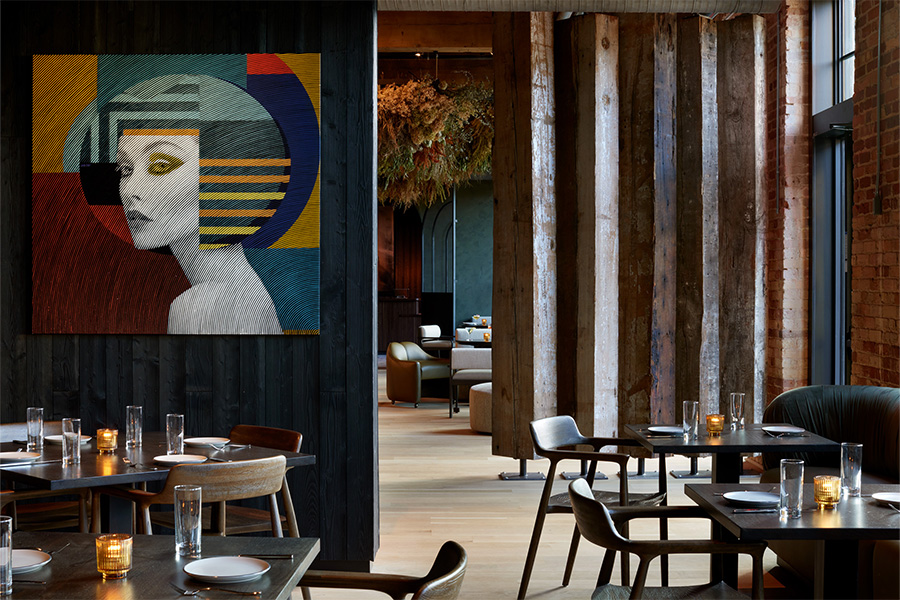PKF Hospitality Research (PKF-HR) has released the 2015 edition of “Trends in the Hotel Industry,” an annual report that this year reveals that U.S. hotels, on a unit-level same-store sales basis, saw a 12.3 percent increase in net operating income (NOI) in 2014—the fourth consecutive year of profit growth in excess of 10 percent.
This trend is expected to continue in 2016. The past six years, beginning in 2011, have seen the longest streak of double-digit gains for the country since PKF began tracking the industry in 1937.
“In 2014, the average hotel in our ‘Trends’ sample achieved a bottom-line profit of $17,849 per available room,” explains R. Mark Woodworth, senior managing director of PKF-HR. “This is nominally greater than their 2007 pre-recession peaks, but perhaps of greater importance is that hotel profits, in inflation-adjusted terms, will exceed 2007 levels in 2015.”
The 79th annual compendium of “Trends” is based on a sample of operating statements from approximately 7,000 U.S. properties.
Last year, PKF-HR predicted a 12.4 percent increase in NOI for the year and now is projecting the NOI to increase by 13.4 percent in 2015 and by 12.2 percent in 2016. Additionally, more than 78.2 percent of the survey’s participant hotels reported an increase in profits last year. The strongest gain in total revenue growth since 2007, hotel profits reportedly increased by 12.3 percent, which was enabled by a 6.9 percent gain in total hotel revenue.
“For a couple of years we have been touting the breadth of the top-line recovery across the entire industry,” says Woodworth. “Now we are seeing that on the bottom line as well. Five of the six property types in our survey achieved double-digit profits growth during 2014. The lone exception was seen in convention hotels, which still achieved a very strong 9.2 increase in NOI.”
RevPAR totaled 69.5 percent of the total revenue; F&B sales, along with revenue from other operated departments, increased at a rate of 6.2 percent; operating expenses (ExPAR) increased by 4.9 percent; real ExPAR growth was measured at 0.2 percent; and hotel labor costs increased by 3.7 percent.
“The outlook for hotel revenue growth is extremely bright for the next few years,” says Woodworth. “However, hotel operators will face a variety of tailwinds and headwinds when it comes to controlling their expenses.”
A combination of low level inflation and a slowdown in occupancy growth is expected to curb expense growth, however a projected growth in employment levels is expected to put upward pressure on salaries and wages. Revenue and profit growth will additionally cause increases in credit card commissions, franchise fees, and management fees.
“PKF-HR believes that hotel operators will continue to adapt to the operating environment as they have in the past,” says Woodworth. “Fortunately, our forecasts of revenue growth exceed our projections of expense growth for the foreseeable future. It continues to be one of the most prosperous periods for all participants in the U.S. lodging industry.”


